What is the difference in shower waterproofing liners?
By Any Design Ltd.
8 years ago
last modified: 8 years ago
Featured Answer
Sort by:Oldest
Comments (10)
Mint tile Minneapolis
8 years agolast modified: 8 years agoRelated Discussions
Candle Wick for the Shower's Weep Holes? LynCar Waterproofing System
Comments (4)I think the two approaches are completely different Erik. You are bonding tile directly above in your example right? The LynCarr example will see 1.5" - 2" of reinforced mortar. So not really apples to apples. Your head gravel work looks better than what happens on most showers where the fellow grabs a small handful or rocks. I think we should re do this test that took place in California. Can't be too hard. Lets just test a few of our set ups. I would like to see Mapei's 4-1, Mapei's 4-1 mixed with admix vs Laticrete 3701 & maybe an old fashioned home mix of 5-1. Set them into simple boxes with a clamping drain. Give them 1.5" of mortar and see what works best. The NTCA and the TCNA have nothing scheduled to study this to my knowledge. They might talk about it. Share and email about it. But they are not looking deeper into it. I really think we all our heads in the sand if we ignore the warning. Someone has got to step up.......See MoreContractor may not have waterproofed shower curb properly
Comments (3)There are several problems here. The walls are not waterproof either. The joints have not been properly filled and taped. This person doesn't know what they are doing. Good to stop it now. Go on youtube and watch how it should be done....See MoreShower waterproofing
Comments (7)Quick glance the Durock seams needed to be taped with non-alkaline tape and spackled with thinset prior to Redguard, and the Durock should have a gap at the pane so it does not wick water (not sure the exact size at the moment)....See MoreImproperly waterproofed shower niches. Now what?
Comments (9)Nope. Doesn’t comply with manufacturer installation instructions. Screws and thinset are not Prova sealer. It’s supposed to be glued to the studs, and then only a small bead of sealer between the boards. Their method has a direct route for leaks through it. http://www.loxcreenflooring.com/client_resources/pds/prova%20board%20product%20data%20sheet_sept%202014.pdf http://www.loxcreenflooring.com/client_resources/pds/prova-seal%20tds%202013.pdf Tear out and redo. With someone who follows instructions. And owns a TCNA Manual....See MoreBy Any Design Ltd.
8 years agoMint tile Minneapolis
8 years agotexasgal47
8 years agoBy Any Design Ltd.
8 years agolast modified: 8 years agoBy Any Design Ltd.
8 years agolast modified: 8 years agoMint tile Minneapolis
8 years agolast modified: 8 years agoSrw Contracting Inc
8 years agoBy Any Design Ltd.
8 years ago
Related Stories

BATHROOM DESIGNConvert Your Tub Space Into a Shower — Waterproofing and Drainage
Step 4 in swapping your tub for a sleek new shower: Pick your waterproofing materials and drain, and don't forget to test
Full Story
TILEEpoxy vs. Cement Grout — What's the Difference?
Grout is grout, right? Nope. Cement and epoxy versions have different appearances, durability and rules of installation
Full Story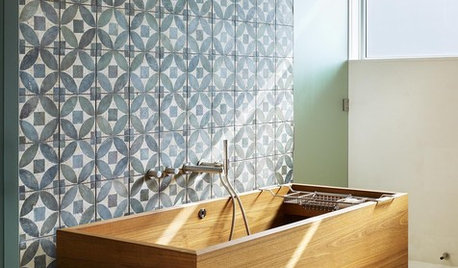
BATHTUBS8 Beautifully Different Tub Materials for Bath-Time Luxury
Elevate your bathroom — and your bathing experience — with a tub that feels like an indulgence
Full Story
ARCHITECTUREModern or Contemporary: What's the Difference?
10 homes illustrate the essence of modern and contemporary home design styles
Full Story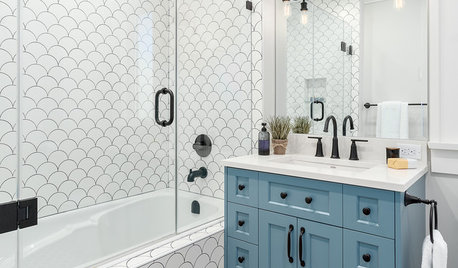
BATHROOM DESIGNShower Curtain or Shower Door?
Find out which option is the ideal partner for your shower-bath combo
Full Story
BATHROOM DESIGNConvert Your Tub Space Into a Shower — the Tiling and Grouting Phase
Step 3 in swapping your tub for a sleek new shower: Pick the right tile and test it out, then choose your grout color and type
Full Story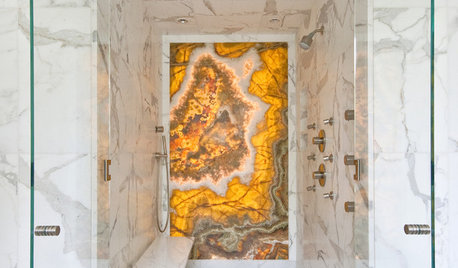
BATHROOM DESIGNHow to Build a Better Shower Curb
Work with your contractors and installers to ensure a safe, stylish curb that keeps the water where it belongs
Full Story
BATHROOM DESIGNHow to Settle on a Shower Bench
We help a Houzz user ask all the right questions for designing a stylish, practical and safe shower bench
Full Story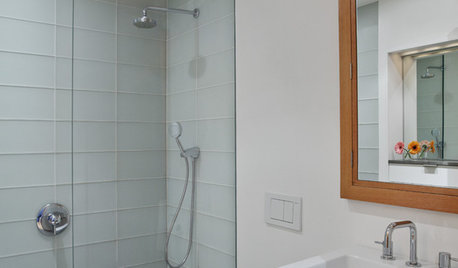
BATHROOM DESIGNConvert Your Tub Space to a Shower — the Planning Phase
Step 1 in swapping your tub for a sleek new shower: Get all the remodel details down on paper
Full Story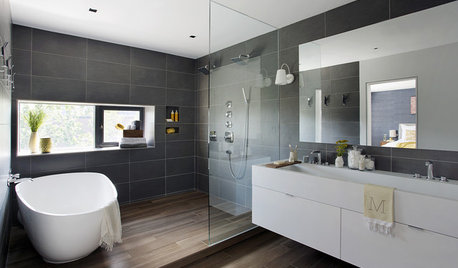
SHOWERSYour Guide to Shower Floor Materials
Discover the pros and cons of marble, travertine, porcelain and more
Full StorySponsored
Central Ohio's Trusted Home Remodeler Specializing in Kitchens & Baths




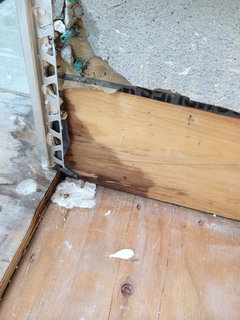
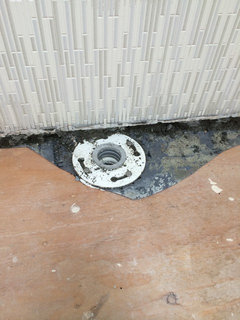
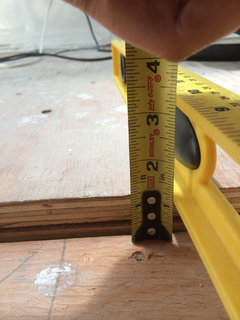

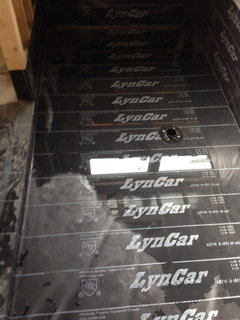



Srw Contracting Inc